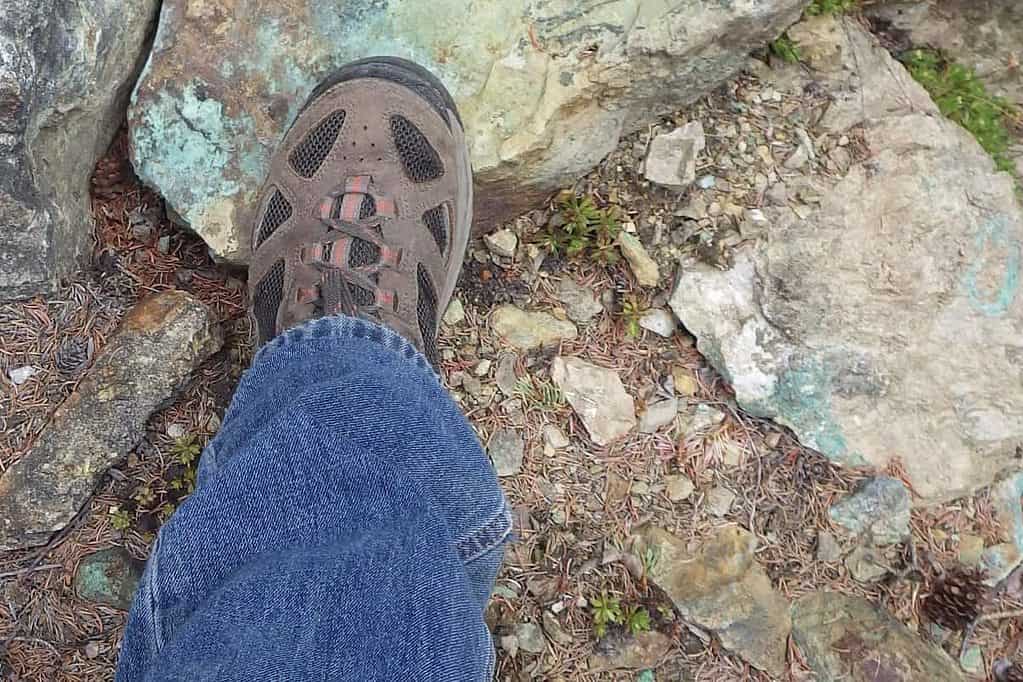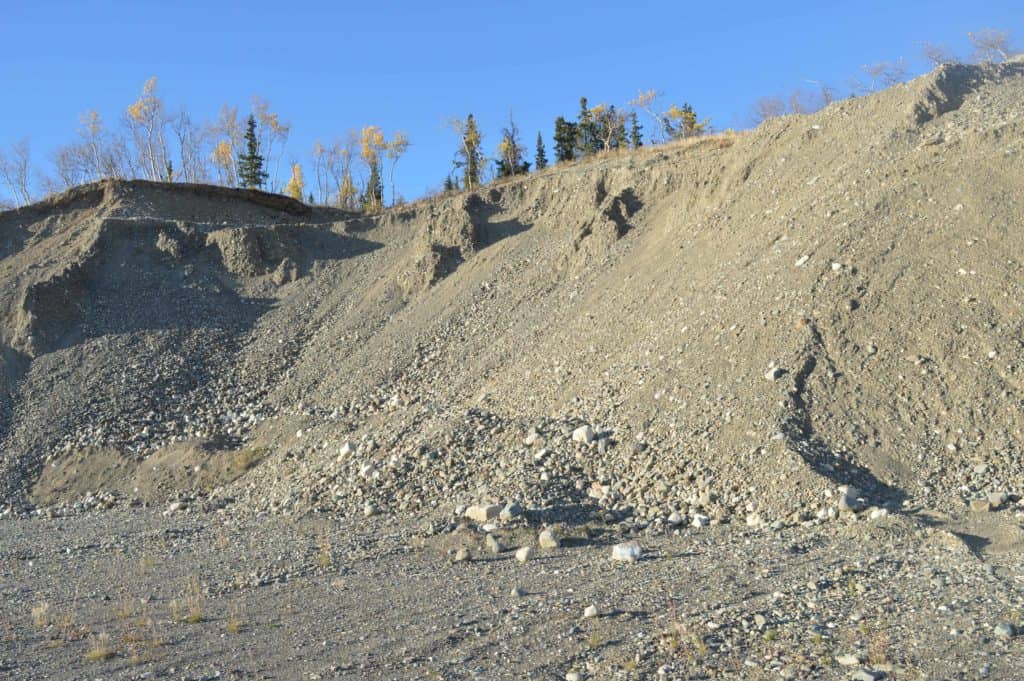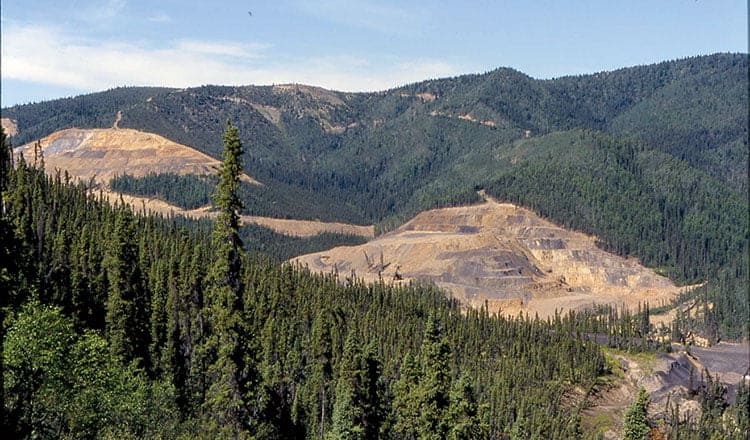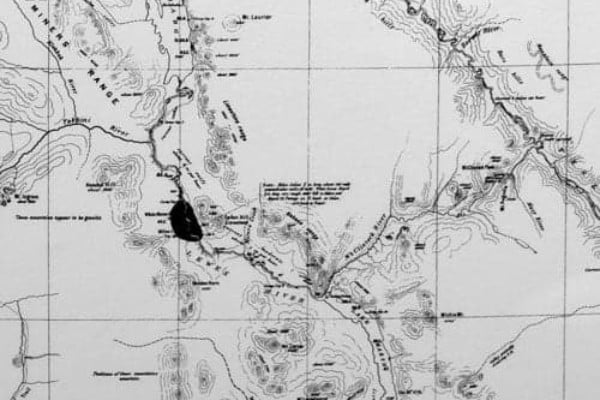During my daily walks with the dogs in the woods between Porter Creek and the college, I can’t help noticing long straight corridors cut through the trees.
At first, I naturally assumed these were the Whitehorse equivalent of the lines on the Nazca Desert in southern Peru that Erich von Däniken (Chariots of the Gods?) declared to be signals to extraterrestrials.
But upon realizing that the Porter Creek lines lack the complexity of their Peruvian counterparts, I looked for a different explanation.
Some of these lines have become well-worn pathways. Others are quite indistinct, becoming visible only in the winter. So what are they?
Over a period of weeks with my GPS turned on, I walked all the lines I had found and displayed the resulting tracks on my computer using Google Earth.
Many, but not all, of the lines run straight north/south or east/ west. Some go for long distances over sheer rock faces and then fade out or make right-angle turns.
Others run for relatively short distances and connect with longer lines at right angles, while still others are off by themselves away from everything else. Many of these are visible on the highresolution satellite images on GeoYukon.
Indeed, while looking at GeoYukon, I discovered more lines that I went out and confirmed on the ground. Eventually, I managed to find explanations for at least some of the mysterious lines in my forest, but I discovered a number of interesting artifacts in the process.
When a piece of land is surveyed, its borders are cleared. Some of the lines I found correspond to a large triangular lot north of McIntyre Creek surveyed in 1963. A copy of the survey plan for this lot (437 Group 804, part of a larger survey) is available on the Canada Lands Survey System (CLSS) online map browser.
One part of this lot’s border is now a walking trail. In other places, the borders are indistinct or completely overgrown. There are lovely big bronze survey monument discs at key spots along the border; these are generally well-hidden in the ground unless you know where to look.
I found several by identifying them on the survey plan, getting the coordinates from the CLSS map browser, and then going directly to them with my GPS. Like geocaching … but real!
Even more interesting was another lot (197 Group 5), surveyed in 1910 for the Real Thing Copper Mineral Grant. The hand-drawn survey plan (copy on the CLSS site) is quite interesting. With my GPS and coordinates from the CLSS site, I walked the borders as best I could.
One section is quite distinct, much clearer than most borders from the 1963 survey. Other sections are completely overgrown, with a few stumps hidden in the bush as the only remaining evidence.
The original markers for this early survey were wooden posts held up by stones. Today, some markers are missing and one has left behind only its pile of stones.
One corner post, well off the beaten path and hidden in the dense forest, has been replaced by a more modern steel post; I’m not sure why.
And it was with a real sense of discovery that I found several of the original wooden posts, one bearing the hand-carved “L197G5” inscription, legible after 105 years! Of course, there are some more modern mineral claims in the area too – inactive claims from 1974 and 2010, and one active one from 1953. While I found stakes with metal claim tags, these claims were not formally surveyed and thus don’t correspond to cut lines.
The Yukon Mining Map Viewer shows the 2010 claims and gave me the coordinates to go find the other claim posts. Strangely enough, some of these close to “civilization” are still there, while others that are well isolated have left no trace.
Hmm, maybe they were never even placed. So after all that, there are still some lines that aren’t part of surveys and are not the right spacing for standard mineral claims
When the extraterrestrial tourists show up, I’ll ask them what this is all about.
In the meantime, you too can use the online resources described here to explore the mining and survey history of your favourite part of Yukon.




